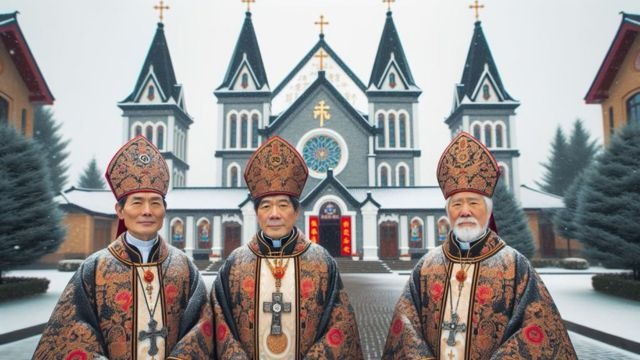China’s religious landscape is a tapestry woven from ancient traditions and modern complexities, with Catholicism playing a unique and often fraught role in the nation’s history. While Chinese folk religions, Buddhism, Taoism, and Confucianism have shaped the spiritual identity of the majority, Christianity—first introduced in the 7th century and reestablished by Catholic missionaries in the 13th century—has faced cycles of tolerance, suppression, and cautious revival.
The first Catholic church in China was established in 1294 by Italian Franciscan Giovanni da Montecorvino, but the faith was soon banned after the fall of the Yuan dynasty. Periods of tolerance, such as Emperor Kangxi’s 1692 edict, were often followed by crackdowns, especially as Catholicism’s ties to Rome clashed with imperial authority. The Boxer Uprising at the turn of the 20th century saw thousands of Christians killed, underscoring the volatility of foreign religions in China’s political climate.
After 1949, the Communist government expelled foreign missionaries and forced churches under state control, splitting Catholics between a government-sanctioned church and an underground community loyal to Rome. The Vatican’s 2018 provisional agreement with Beijing, recently extended, marked a controversial attempt to bridge this divide by allowing China a role in bishop appointments, while the Pope retained veto power. Critics argue this legitimizes state control, while supporters see it as a pragmatic step to protect China’s estimated 10–12 million Catholics.
Despite ongoing tensions and reports of unilateral bishop appointments by Beijing, Catholic communities have shown resilience and growth. May 2025 saw the inauguration of new churches in Hubei and Shanxi provinces, celebrated as symbols of faith and perseverance amid shifting policies. Pope Leo XIV, following his predecessors, has called for unity and resilience among Chinese Catholics, emphasizing hope for communion with Rome even as diplomatic and religious negotiations continue.
Sources: AP News, Vatican News, New York Times
